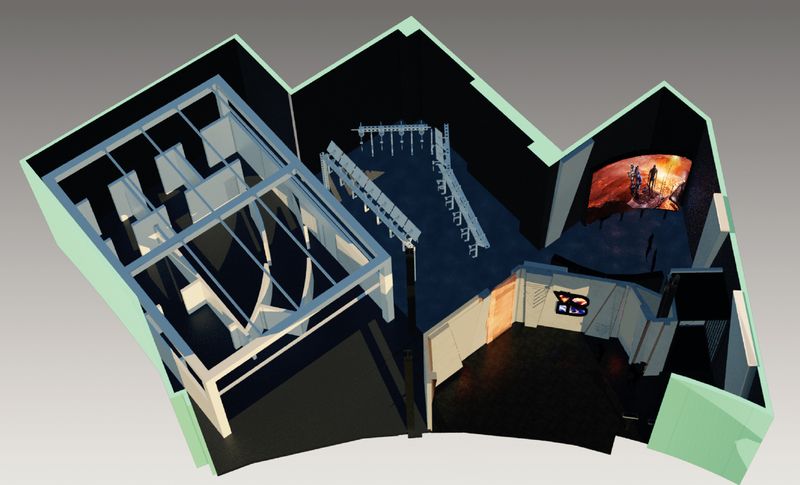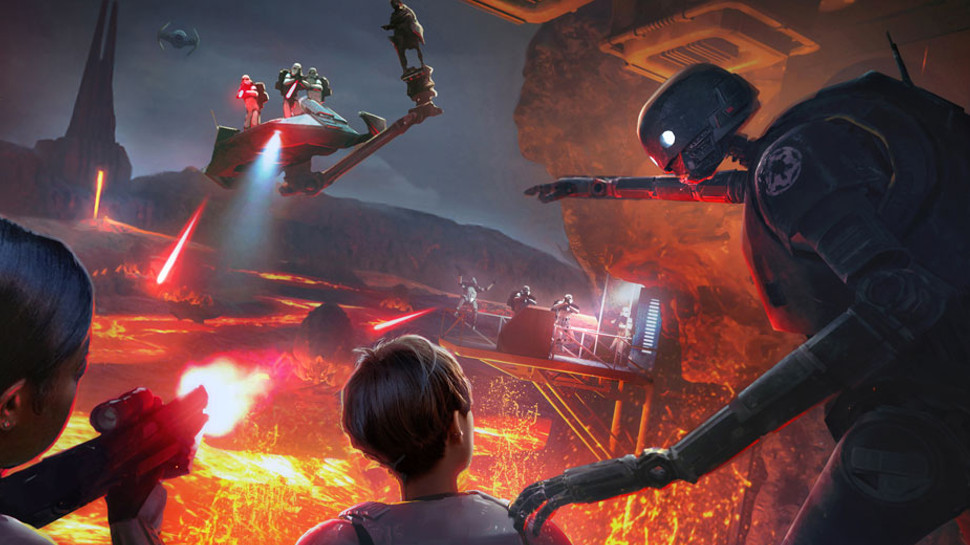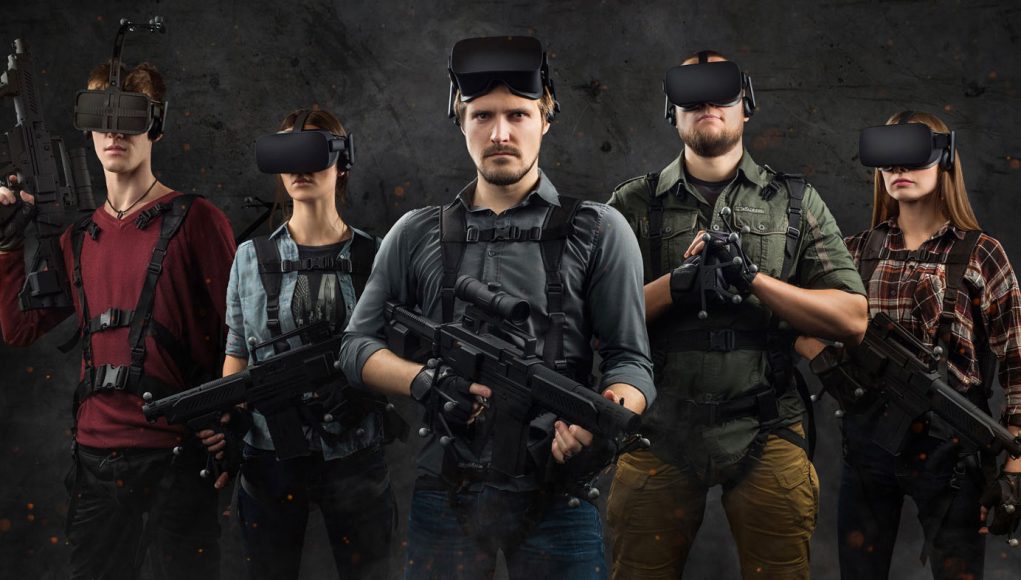
by Blogmeister Meisterblogger | Nov 20, 2017 | Entertainment, Immersive Theme-worlds, Industry
I’m very excited for mid-December to roll around here in Central Florida because that marks the opening of the Void/ILMX/Disney venture at Disney Springs called “Secrets of the Empire” Folks who know me know I am extraordinarily bullish on the whole...

by Blogmeister Meisterblogger | Aug 14, 2017 | Industry
I just found out today about a new company offering their solution to a full body MOCAP suit. Introducing the new Enflux Full Body MOCAP suit. This suit is interesting because unlike the Perception Neuron with nodes you attach to your body, the Enflux suit has nodes...

by Blogmeister Meisterblogger | Aug 3, 2017 | Entertainment, Industry, News
I suppose it was only a matter of time. I gained wind that the Void had become part of the Disney Accelerator a couple of weeks ago. Last week I had learned that the Void would be opening an installation here in Orlando. I was not quite sure and I should have put two...

by Blogmeister Meisterblogger | Jul 13, 2017 | Entertainment, Industry
Whether you are a fan of the Dragon Ball Z theme world or not you had better watch out because it is coming to a VR Arcade near you. While there may not be a VR arcade near at this moment in time, fear not! That issue will be remedied within the near future. But,...

by Blogmeister Meisterblogger | Jul 11, 2017 | Entertainment, Games, Industry, Interview
In a a recent interview with Starbreeze Games Chief of Technology, Emmanual Marquez, Dean Takahashi of GamesBeat asks the gaming executive his thoughts on VR and where VR is headed in the near future. Starbreez overall is still very bullish with VR but not necessarily...

by Blogmeister Meisterblogger | Jun 14, 2017 | Entertainment, Industry
The newest competitor in the location based VR experience market is a start up from Moscow called Anvio. Anvio is a great looking, full body motion capture VR experience. The setup employs full body motion capture from a Moscow based company, Vortex LLC., mixed with...





